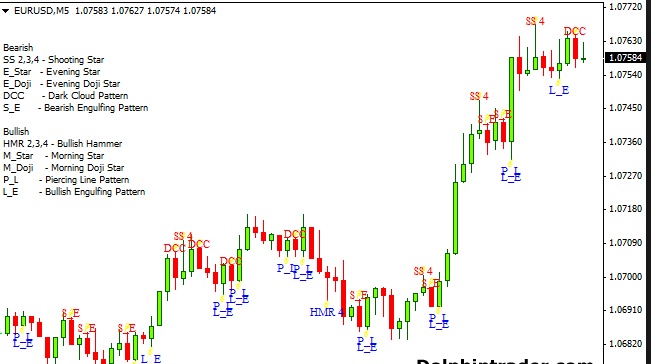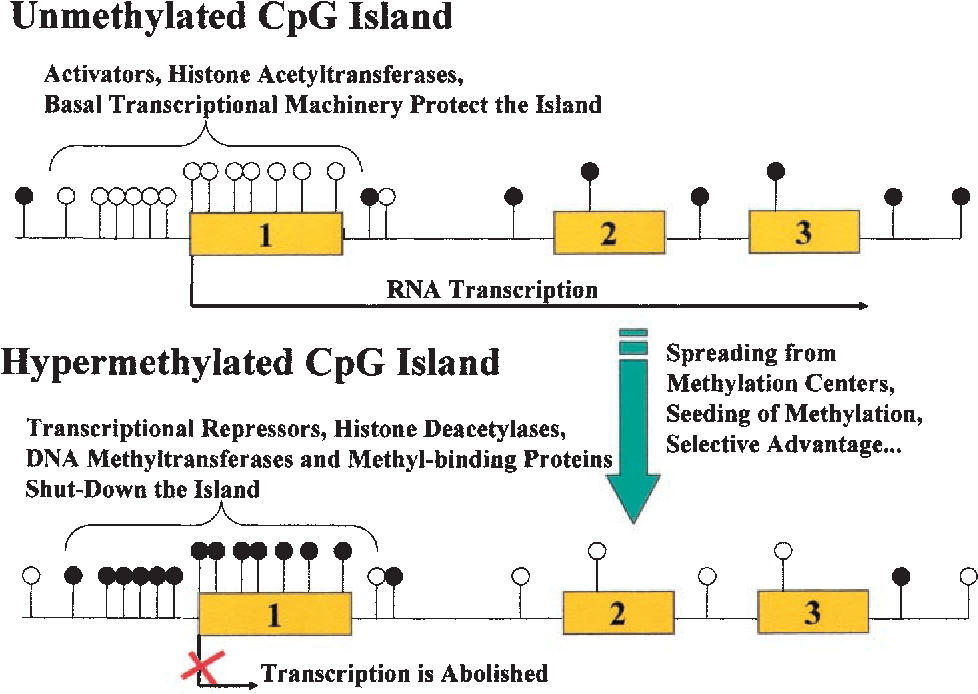

ABCL and ABC Companies are engaged in a broad spectrum of activities in the financial services sectors. Any recommendation or reference of schemes of ABSLMF if any made or referred on the Website, the same is based on the standard evaluation and selection process, which would apply uniformly for all mutual fund schemes. Information about ABML/ABFL, its businesses and the details of commission structure receivable from asset management companies to ABML/ABFL, are also available on their respective Website. Unlevered beta takes only equity in its capital structure and then compares the risk of a firm to the risk of the market. Generally, the Unlevered beta is lower than the levered beta however, it could be higher in some cases especially when the net debt is negative . Beta represents the relative volatility of a given investment/stock with respect to the market and statistically, we can measure the risk added by an asset to the market portfolio by its covariance with that portfolio.
Our experts suggest the best funds and you can get high returns by investing directly or through SIP. Beta might offer useful data for evaluating stocks, but it does have limitations. It is also used to analyse volatility trends to determine the cost of equity through CAPM.
In Mutual Fund ads, they say that Mutual Funds are subject to market risk. Simply put, it means that whatever you do, some part of the market movement will always reflect in the fund performance. If you’re interested in Levered and unlevered beta, check out our CAPM article.
TaxCloud (Direct Tax Software)
The beta coefficient measures the rate at which a stock’s price swings about an underlying benchmark index. Thus, individuals get an accurate estimate of how their stock will perform relative to the general performance of the stock market. In such computations, only unsystematic risk characteristics such as stock market circumstances and economic equity beta formula variables are included. Is that the stocks which are much more unstable and carry greater risk. Beta is most often connected with capital asset pricing , which is used to price stocks, where it serves as a measure of systematic risk. Thus various investments are valued based on the beta, the risk-free rate of return, and the risk premium.
Conversely, a fall in the value of the benchmark adversely affects beta stocks. In theory, the beta value of a benchmark index is considered to be 1, and the risk factor of securities is measured around this number. Typically, a stock having a beta coefficient higher than 1 is deemed to be risky. Such a value indicates the possibility of high fluctuations in the corresponding share.

An investor can use beta in planning their mutual fund selection to determine volatility of the fund/scheme and to compare its sensitivity in movement to the overall market. Beta is also used for planning for mutual fund diversification and can be used as part of the process of building a Portfolio of Mutual Funds. On a person asset level, measuring beta can provide clues to volatility and liquidity within the marketplace. In fund management, measuring beta is thought to separate a manager’s ability from his or her willingness to take threat. Beta is necessary because it measures the chance of an funding that can’t be lowered by diversification. In statistical phrases, beta represents the slope of the line via a regression of knowledge points from a person inventory’s returns in opposition to those of the market.
Weighted Average Cost of Capital (WACC): Definition and Calculation
As an investor, you deal with market risk by ensuring diversification in your portfolio. To gain substantial returns on the portfolio, individuals with a high aptitude for risk can invest in stocks with a beta value higher than 1. Stocks of small-cap and mid-cap companies usually have a beta value higher than 1, owing to their potential for growth.
In the case of negative Beta, the fund & the benchmark are said to be inversely related. Funds can also be more volatile and in which case Beta for these funds would have values greater than 1; these funds would move higher than the market when the market rises or fall more if the market corrects. For example, when Beta is 1, then you can say that the fund is perfectly correlated with the market. In this case, if the benchmark index moves up by 10%, then the fund would also move up by 10%.
Share your thoughts
After the equity betas of several proxy companies have been ungeared, it is usually found that the resulting asset betas have slightly different values. This is not that surprising, since it is very unlikely that two proxy companies will have identical systematic business risk. Even two coal mining companies will not be mining the same coal seam, or mining the same kind of coal, or selling coal into the same market. If one of the calculated asset betas is very different from the others, however, it would be regarded with suspicion and excluded from further consideration. Beta (β or beta coefficient) measures a stock’s exposure to both systematic and unsystematic risks arising from market dynamics. It assigns a numeric value, one that serves to throw light on stock price fluctuations relative to changes in the market.
How do you calculate equity beta CAPM?
CAPM Beta Formula
To calculate a CAPM beta, subtract the expected market return from the expected investment return, then divide by the result of the market return minus the risk-free return.
Unlevered beta removes any impact of debt or financial leverage, only to isolate the risk contributed by a company’s assets. To calculate unlevered beta, you need to remove the effect of debt from levered beta. Investors anticipated return is equal to price of capital of the firm. Expected return is the results of threat free return and risk premium. Beta measure variability in return of a selected safety with the change in market return. Total risk of an investment course of may be divided into systematic and unsystematic risk.
In this case, fluctuations in stock prices rest on continual market rearrangements. Besides being affected by events such as RBI policies or a newly-introduced budget, the stock market undergoes other fluctuations over time. These changes are collectively called ‘market sentiments’, something that either propel stock prices forward or effect a nosedive. Beta is a value that measures the volatility of security relative to the market. To calculate understand Beta, you need to account for the fund’s current returns and that of the reference benchmark index and risk-free return.
Any reference to past performance in the information should not be taken as an indication of future performance. The information is dependent on various assumptions, individual preferences and other factors and thus, results or analyses cannot be construed to be entirely accurate and may not be suitable for all categories of users. Hence, they should not be solely relied on when making investment decisions. Any information and commentaries provided on the Website are not meant to be an endorsement or offering of any stock or investment advice.
What are beta stocks?
It also helps produce substantial data to reckon its prospects in the future – growth potential, sustainability, risk factor, etc. A benchmark is an index that sets the standard against which performances of securities, funds, etc. are measured. Now that we know the benefits, let us look at the advantages from a much broader perspective. When measuring risk, it is crucial to examine the price volatility of a stock.
How do you calculate equity Betas?
- Rs is the return on a stock,
- Rm is a return on market and cov (rs, rm) is the covariance.
- Return on stock = risk-free rate + equity beta (market rate – risk-free rate)
Moreover, many technology companies are very new to the market and lack sufficient price history to develop a trustworthy beta. The inaccuracy of historical price movements as a prediction of the future is a further cause for concern. Betas are essentially rearview mirrors, reflecting only a little amount of what lies ahead. A beta of 1.2, for instance, indicates that the asset is 20 per cent more unstable than the market. In contrast, a beta of 0.70 is 30 per cent more stable than the market.
What do you understand by beta hedging and how is it used?
Beta is used in CAPM, which describes the connection between systematic risk and expected return for belongings, notably shares. CAPM is widely used throughout finance for pricing risky securities and producing anticipated returns for assets given the risk of these assets and value of capital. For example, a beta coefficient can measure the volatility of an individual inventory in comparison to the unsystematic danger of the whole market. It doesn’t measure the danger of an investment held on a stand-alone foundation, however the quantity of risk the funding adds to an already-diversified portfolio. In the capital asset pricing model , beta threat is the one type of risk for which buyers ought to receive an expected return greater than the chance-free fee of interest.
- To remove the effect of the slight differences in business operations and business risk that are reflected in the asset betas, these asset betas are averaged.
- Beta is useful to determine a short-term risk and analyse the volatility in the Capital Asset Pricing Model .
- This indicates that adding the stock to a portfolio will increase the portfolio’s risk, but also increase its expected return.
- Depending on your investment plan, you may want to invest in funds with low risk or high risk or a mix of both.
In such a procedure, beta is also a crucial input as an indication of the stock’s potential contribution to the portfolio’s volatility. High beta equities in a portfolio may need to be balanced with low beta stocks that are more conservative. Beta, like all other indicators, cannot serve as the only foundation for investing choices. While high beta stocks may indicate possibilities to catch upswings and generate substantial returns, particularly in rising markets, this would demand an active and alert strategy and prompt entrance and profit booking.
While beta funds seek to match the performance of their benchmarks, both types of funds can be further categorized based on their investment strategies. Active funds seek to generate alpha by actively buying and selling securities, while passive funds seek to track an index through strategic asset allocation. When making investment decisions, mutual fund investors should be aware of both alpha and beta. Beta measures risk and a high beta indicate that a fund is more volatile than the market. Beta is calculated by dividing the fund’s covariance with the benchmark by the benchmark’s variance. Alpha and beta are two important measures used in investment analysis.
How do you calculate equity beta CAPM?
CAPM Beta Formula
To calculate a CAPM beta, subtract the expected market return from the expected investment return, then divide by the result of the market return minus the risk-free return.